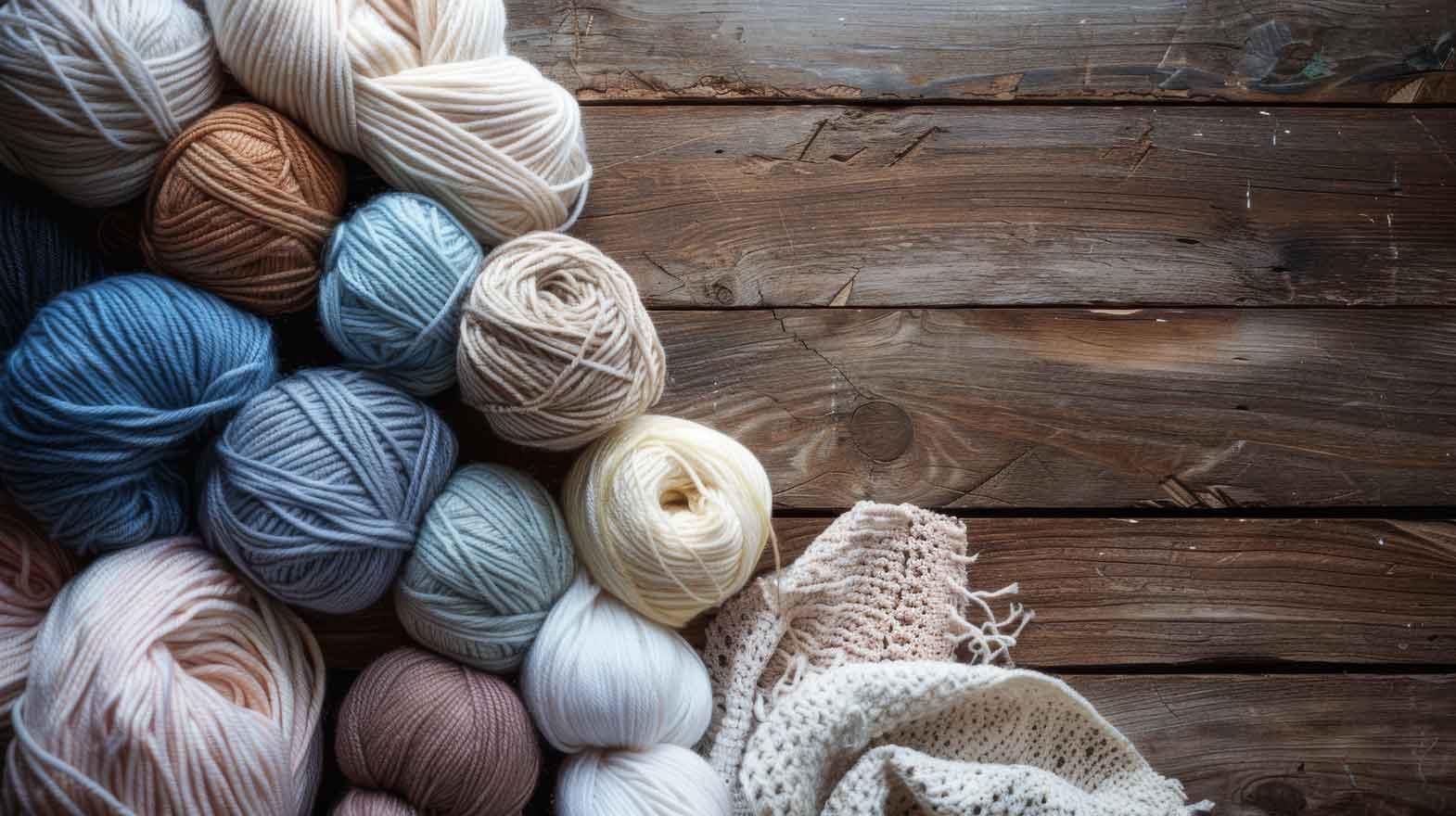Air-jet texturising process is a purely mechanical method that uses a cold air-stream to produce bulked yarns of low extensibility. The feed yarns need not be restricted to the synthetic filament yarns. The air-textured yarns resemble spun yarns in their appearance and physical characteristics. The air-jet texturising process is by far the most versatile of all the yarn texturising methods in that it can blend filaments together during processing.
Air-textured yarn is very bulky with permanent crimps and loops. Interlacing of filaments in the jet can cause the loops to be locked into the yarn, so that twist is unnecessary. Loop frequency, loop dimensions, loop stability, and physical bulk are the important characteristics of air jet textured yarns.
Yarns produced by the air-jet texturising are totally different structures in that they much more closely simulate spun yarn structures. Whereas the bulkiness of the stretch yarns decreases with the degree of the tension imposed on them, the form of air-textured yarns can be made to remain virtually unchanged at loads corresponding to those normally imposed in fabric production and during wear. This is due to the locked-in entangled loop structure attributed to air jet textured yarns.
Read Full Article
About the Author:
M. Y. Gudiyawar Neha Hinge is a part of D.K.T.E.S. Textile & Engineering Institute, Ichalkaranji.








Comments